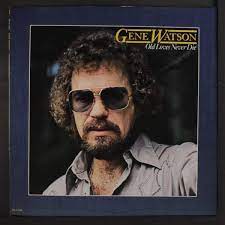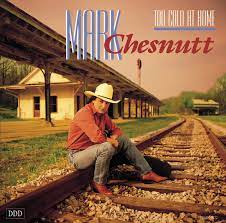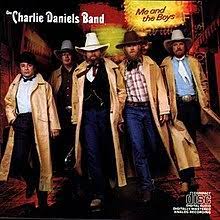Tutorial Pricing: $3.25ea OR any 10 for $10
(use code "Any10410" at checkout)
Paid Requests for $25ea
(comes with any 8 freebies -> so 9 for $25)
100's Of Free Demos & Chord Sheets
Best Hank Williams Songs
On The Acoustic
Welcome to my best Hank Williams songs page which has several great tunes you can easily learn.
If you need the full instructional tutorial for any of these numbers, you can purchase them for a few bucks or even cheaper with a bulk purchase (see side menu).

Cold Cold Heart --- Dear John
Half As Much --- Hey Good Lookin
Honky Tonkin --- House Of Gold
I Can't Help It If I'm Still In Love With You
I Saw The Light --- I'm So Lonesome I Could Cry
Jambalaya --- Lonesome Whistle
Long Gone Lonesome Blues --- Lost Highway
Love Sick Blues --- Mansion On The Hill
My Sweet Love Ain't Around --- Someday You'll Call My Name
There's A Tear In My Beer --- They'll Never Take Her Love From Me
Why Don't You Love Me --- You Win Again
Your Cheatin Heart
Best Hank Williams Songs
Chords, Lyrics, Demos, Tutorials
Cold Cold Heart
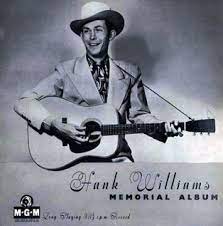
Cold Cold Heart was a #1 hit for Hank Williams in 1951. The song didn't appear on any album as Hank only recorded 2 albums in his short 6 year career but it didi appear on compilation albums after his death.
This one is on the "Memorial Album".
I like to play this one with drop D tuning with the chords A7, D and G with some lead work required. For rhythm you can play a root down up root up down up repeat pattern.
Jump To Top
Dear John
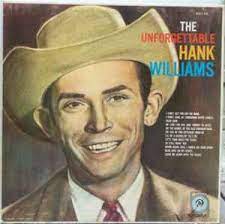
Dear John hit the airwaves in 1951 and reached #8 on the country charts for Hank. It was written by Tex Ritter and was the A-side to Cold Cold Heart, which became the #1 hit.
The track can be found on "The Unforgettable Hank Williams" album.
This one I also play a drop D tuning with a capo 3rd fret. The rhythm here is a root down root up down up and repeat with some lead and only two chords which are D and A7.
Jump To Top
Half As Much
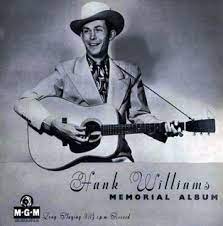
Half As Much was not a favourite of Hank's, in fact he only recorded the songs because his producer Fred Rose insisted he record the song. Hank listened and ended up with a #2 hit in 1952.
The track can be found on the "Memorial Album".
The chords here are A, D, A7, E7 and a G with some lead required. I play this one with drop D tuning also using a root down root up down up and repeat rhythm pattern.
Jump To Top
Hey Good Lookin

Hey Good Lookin was a single back in 1951 and doesn't appear to have been on any album until the Memorial Album was released. The song itself was written by Hank for Little Jimmy Dickens initially, but then Hank jokingly told him the song was too good for him, and he recorded the song himself.
This tune can be played in standard tuning with a root down up bass up down up rhythm pattern and the chords D7, G, C and an F. Some lead required here.
Jump To Top
Honky Tonkin

Honky Tonkin was released in 1948 as a single from the album of the same name and the song peaked at #14 on the US country chart. In 1982, Hank Williams Jr released his version and had a #1 country hit.
Only two chords here and they are E and a B7 with a root down up down up and repeat rhythm pattern. Played in standard tuning and lots of picking.
Jump To Top Of Best Hank Williams Songs
House Of Gold
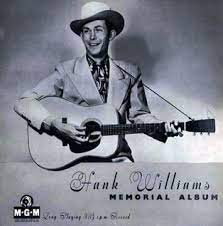
House Of Gold was a hymn written by Hank Williams and was recorded as a demo only sometime between 1948 and 1949. MGM Records put the song as a B-side to the single "How Can You Refuse Him Now".
Hank Never recorded the song with his band.
Played in standard tuning and no led in this one with the chords D, D7, G and an A. For rhythm you'll need a root down root up down up and repeat pattern.
Chords & Lyrics
Jump To Top
I Can't Help It If I'm Still In Love With You
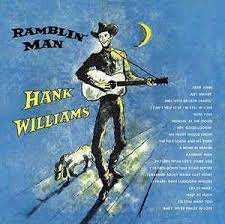
I Can't Help It If I'm Still In Love With You made it all the way to #2 on the US country charts in 1951 from the album Ramblin Man.
Play a root down root up down up rhythm pattern with the chords A, D, D7, G and a D dim. Some lead required in this one.
Chords & Lyrics
Jump To Top
I Saw The Light

I Saw The Light was released as a single in 1948 and was the 2nd song Hank had recorded for his new label MGM. The song did not chart but has gone on to become a standard country gospel tune down through the decades.
You'll need a root down up down up down up rhythm pattern played in standard tuning. You can play this one in G, C and D. Some lead can added into the mix.
Chords & Lyrics
Jump To Top
I'm So Lonesome I Could Cry
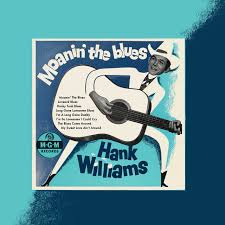
I'm So Lonesome I Could Cry was a another great song from the 1948 album Moanin The Blues and scored Hank a #2 hit in 1949.
I play this one with a capo on the 4th with the chords C, C7, F, G, G7, Am and an Em. Played in standard tuning you'll need some lead work here. For rhythm play a root up down up down up and repeat.
Chords & Lyrics
Jump To Top
Jambalaya
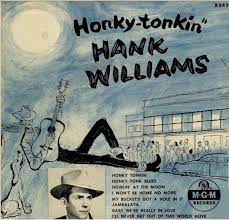
Jambalaya went to #1 on the country charts for hank Williams in 1952. Hank wrote the lyrics but many think the melody he used came from a song called Grand Texas.
You'll find this one on an album called "Honky -Tonkin".
I use a drop D tuning in this number with a capo 2nd fret. Some lead with the chords G and D while playing a root down root up down up and repeat rhythm pattern.
Chords & Lyrics
Jump To Top Of Best Hank Williams Songs
Lonesome Whistle
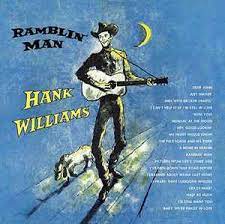
Lonesome Whistle is believed to have been written by Hank Williams and Jimmie Davie in the early part of 1951 and it became a #9 country hit in the US.
The track is on the album "Ramblin Man".
This one is in standard tuning with a root down up down up and repeat rhythm pattern. Some lead required with the chords A, D, D7, A7 and a G.
Jump To Top
Long Gone Lonesome Blues
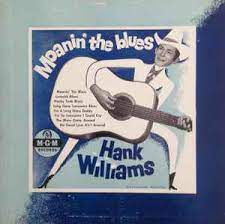
Long Gone Lonesome Blues was a #1 for Hank in 1951 and was his 2nd #1 hit. The song stayed at the top of the charts for 5 weeks. Bruce Springsteen got inspiration from this song and wrote his classic "The River".
This track can be found on the "Moanin The Blues" album.
Only three chords here and they are E, A and a B7 with some lead required. For rhythm play a root down root up down up and repeat pattern in standard tuning.
Jump To Top
Lost Highway
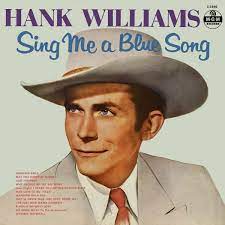
Lost Highway was an earlier song from Hank Williams, hitting the airwaves in 1949. Leon Payne wrote this one and recorded it a year earlier in 1948. He wrote this song while hitch-hiking from California to Texas while waiting for rides.
He also wrote the song further down this list called They'll Never Take Her Love From Me. This one is on the album "Sing Me A Blue Song".
This one also in standard tuning with some lead and a
root down root up down up and repeat
rhythm pattern. The chords here are D, A, G and a Db.
Jump To Top
Lovesick Blues
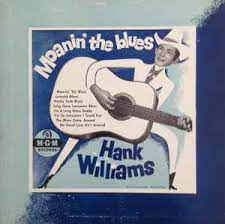
Lovesick Blues was a #1 for Hank in 1950. The song dates all the way back to 1922. Hank heard a recording from a 1939 recording by Rex Griffin that inspired him to do a version. He played it on the radio show Louisiana Hayride and the audience loved it.
The song was an instant hit. And Hanks producer didn't think he should record and release the song. The number is on the album "Moanin-The-Blues".
I play this one with drop D tuning and a capo 3rd fret with the chords
D, A7, A, G, B7, E7, Gb, Ddim and a Bm. Some lead here with a
root down up down up repeat rhythm pattern.
Jump To Top
Mansion On The Hill
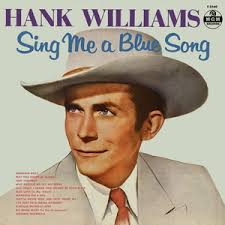
Mansion On The Hill was a #12 hit for Hank Williams back in 1948 and hails from the album Sing Me A Blue Song. Fred Rose could hardly believe that Hank wrote such great songs when he first came to MGM, so he gave Hank this title and asked him to write a song around it. Since it wasn't Hank's idea, it took him awhile, with the help of his wife Audrey, but came up with this tune.
On this number you can play a root down root up down up rhythm pattern with the chords G, G7, C and D7 in standard tuning. I play a capo 2nd fret here with some lead required.
Chords & Lyrics
Jump To Top
My Sweet Love Ain't Around
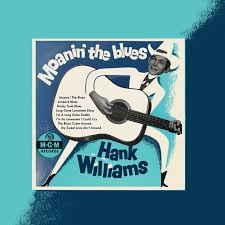
My Sweet Love Ain't Around was the only single from his 1948 album Moanin The Blues but the song failed to chart in Canada or the US.
I'm play this one lower than the original key which is in C. So my version here is a capo 2nd fret with a root down root up down up rhythm pattern in standard tuning. You need some lead here with the chords G, G7, C and a D7.
Chords & Lyrics
Jump To Top Of Best Hank Williams Songs
Someday You'll Call My Name
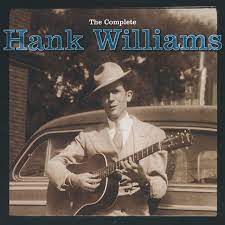
Someday You'll Call My Name was not released as a single during Hank's lifetime but was released as a B-side in 1955.
The track can be found on the "The Complete Hank Williams".
I play a root down up root up down up and repeat rhythm pattern here in standard tuning. There is some picking with the chords G, G7, C and D7.
Jump To Top
There's A Tear In My Beer
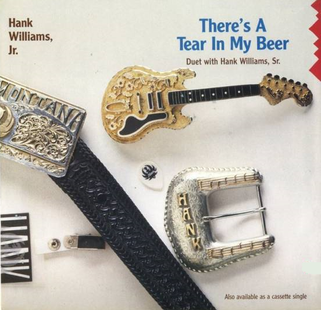
There's A Tear In My Beer was written by Hank Williams but there is no indication he ever recorded the song because his producer at the time, Fred Rose, didn't think it was a good idea to combine alcohol into a song. So Hank gave his demo of the song to Big Bill Lister, who often opened for Hank and he recorded the song in 1952. Years later he passed the demo to Hank Williams Jr who then recorded his version with Hank Sr in 1989.
The sound track of Hank Sr singing and this song came from that demo and video from a Kate Smith show in the early 1950's is from the song Hey Good Lookin. By changing the mouth of Hank Sr in the video with an actor, they managed to get it to appear like Hank Sr was singing this song on stage.
The song is in C# so I'm playing a capo 1st with
the chords C, G, G7, C7, F, D, D7 and a C#. Play a root down up root up
down up rhythm pattern and there is no lead, but instead a few riffs
with a steel guitar which can be captured with the acoustic.
Chords & Lyrics
Jump To Top
They'll Never Take Her Love From Me
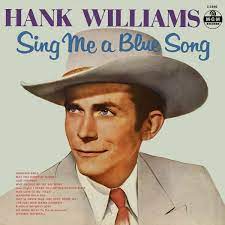
They'll Never Take Her Love From Me was the 2nd song from Leon Payne that Hank recorded and released in 1950. The song was a B-side and peaked at #5 while the A-side, Why Should We Try Anymore, made it to #9.
Johnny Horton also had a hit with his version in 1961. The track can be found on Hank's album "Sing Me A Blue Song".
Some lead in this tune with the chords
G, G7, C, D and a D7 in standard tuning. You'll want to play a
root down up root up down up and repeat rhythm pattern for this one.
Jump To Top
Why Don't You Love Me
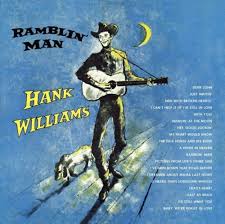
Why Don't You Love Me became a #1 hit in 1950 when it was released from the album Ramblin Man. Many speculate the song came from Hanks rough relationship with his first wife Audrey.
I play this one in standard tuning with the chords G, G7, C and a D7 with lots of lead work. Play a root down up root up down up and repeat rhythm pattern.
Jump To Top
You Win Again
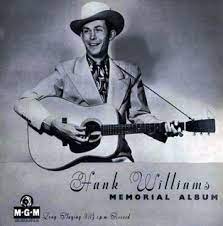
You Win Again was originally called I Lose Again, but producer Fred Rose wanted the title changed. Hank has just gotten a divorce from his wife the day before this song was recorded and must have been a painful session and tough song to sing.
This song was a B-side to the up tempo number "Settin' The Woods On Fire" but still managed to reach #10 on the country charts. This one is also on the Hank Williams Memorial Album".
I like a capo 2nd fret for this one in standard tuning and a few riffs required. Play a
root down root up down up and repeat
rhythm pattern with the chords D, A7 and G.
Jump To Top
Your Cheatin' Heart
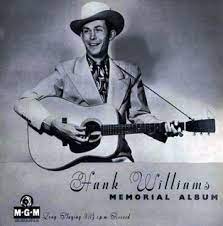
Your Cheatin Heart was recorded by Hank Williams in 1952 but was not released until after his death in 1953 and went on to reach #1 on the US country charts. The song is found on the Memorial album which was released in 1959 after Hanks death, which occurred on New Years Day 1953.
This one played in standard tuning has a root down root up down up and repeat rhythm pattern with some lead. The chord you'll need here ar C, C7, F, G and a D7.
Jump To Top Of Best Hank Williams Songs
Thank you for dropping by my best Hank Williams songs page and I hope you found the info presented here helpful.
If you liked this best Hank Williams songs page you might also like ... (click images)
Hank Williams Documentary
Very Easy Country Guitar Songs
